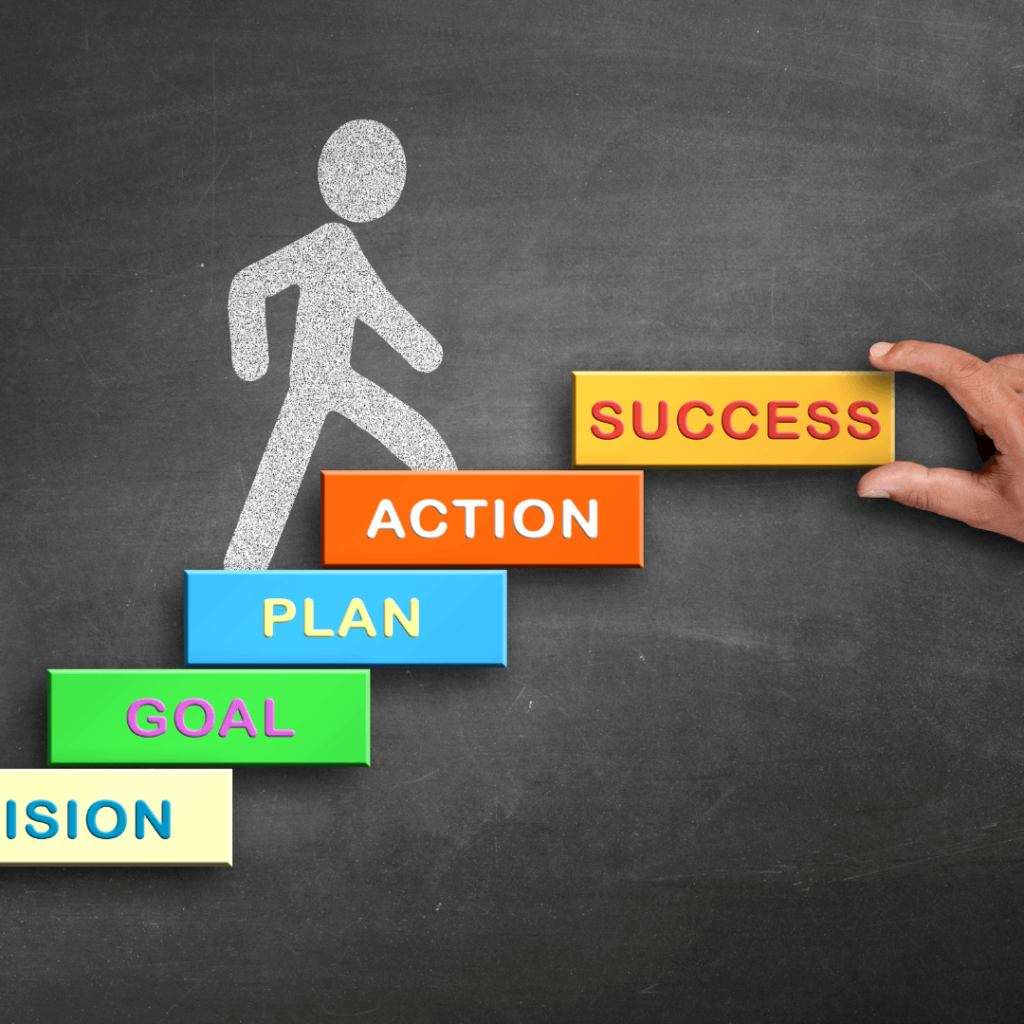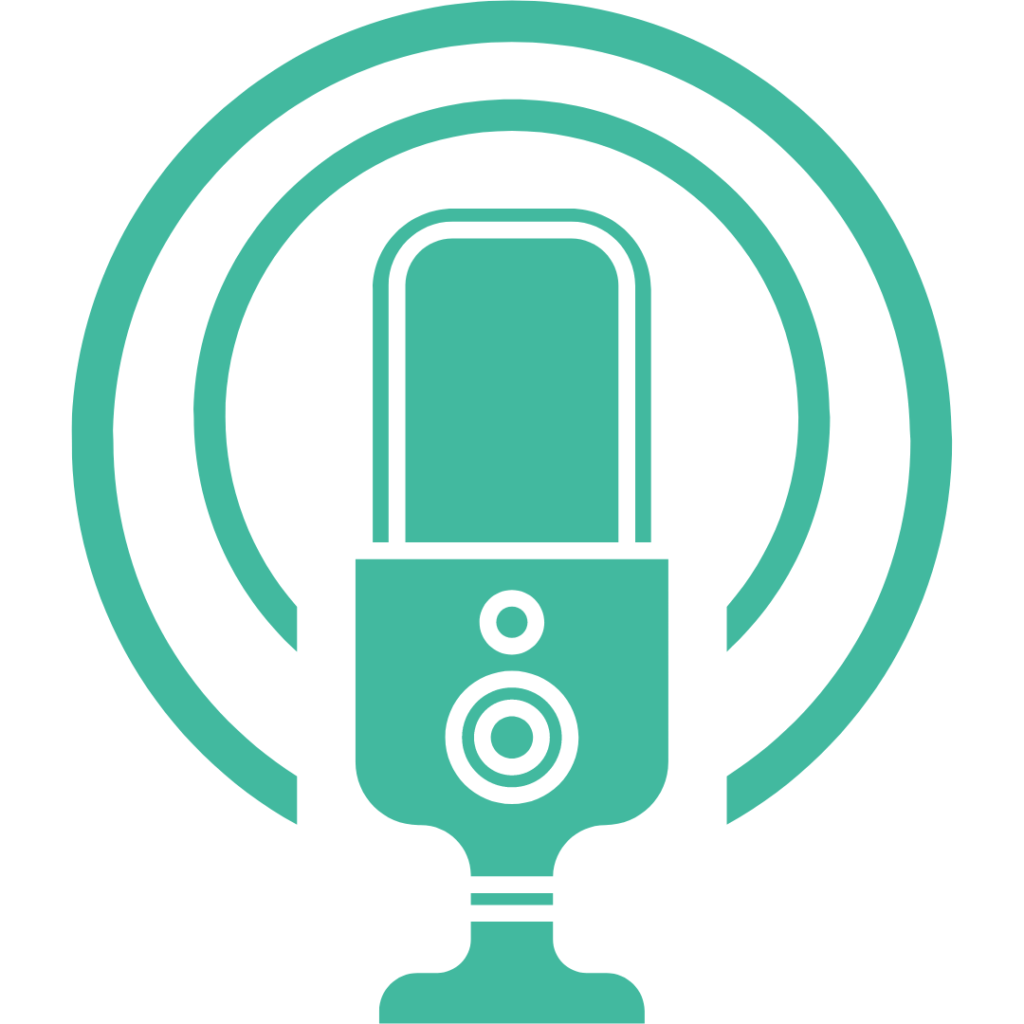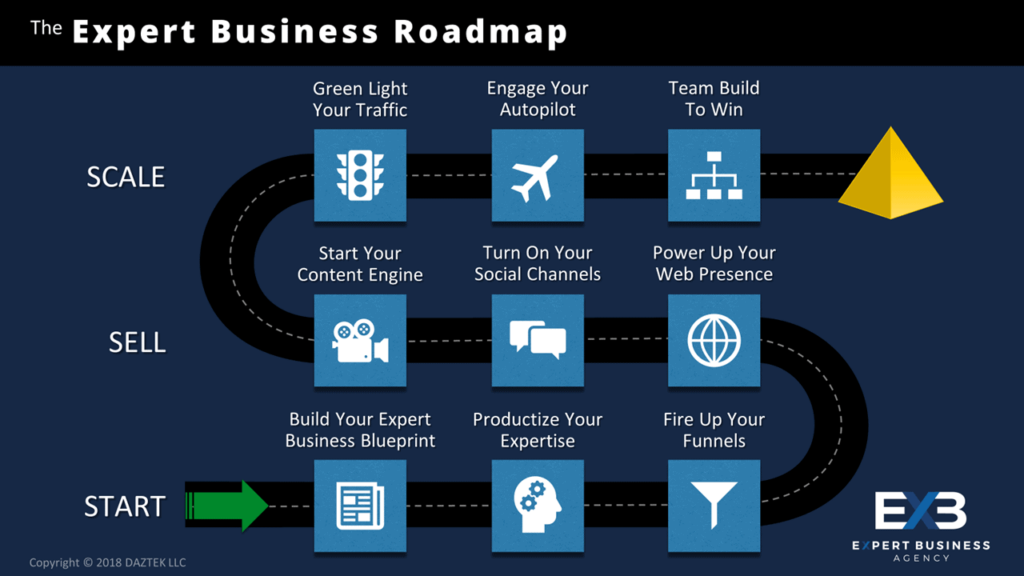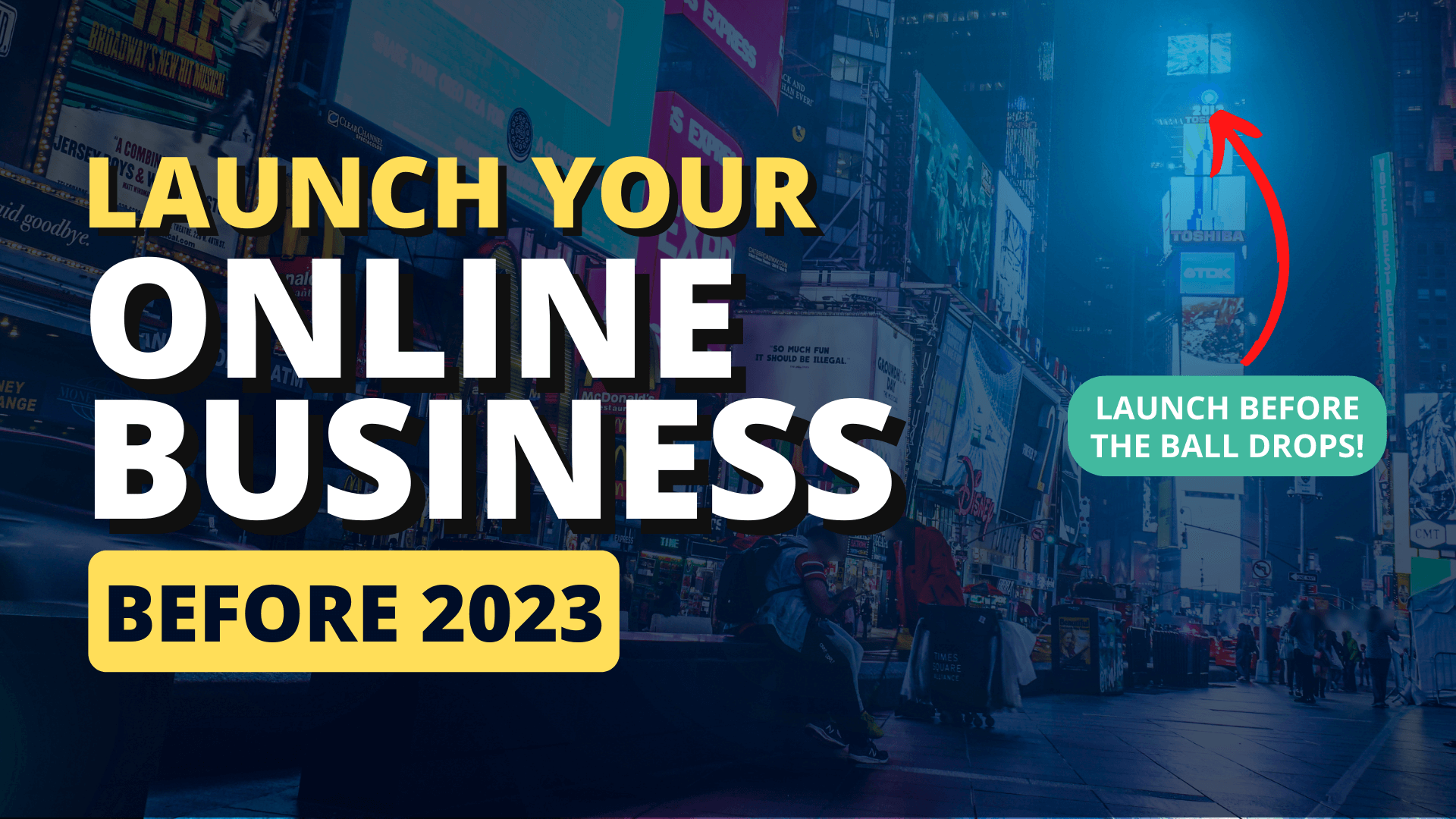Launch your online business BEFORE 2023 (Course, Membership, or Coaching)
You can get your online course membership or coaching business launched in the next two months, but it’s gonna be tight.
It doesn’t need to take months or years of preparation and work. You just need to choose the right path.
Which path will you choose?

Imagine you’re at the foothills of a mountain range and on the other side is success. Whatever your definition of success, whether it’s money, lifestyle, or impact on others, you need to get to the other side of that mountain. One way is solo. Blaze the trail yourself. To get there, you need to cross a river, climb several thousand feet, hike 20 miles around several mountains, and then descend all through heavy forest and snow.
You don’t know the best path, you don’t have the right gear or tools, and you don’t have anyone helping you.
It’ll take a week or more at high risk of failure, but you look to your right and see a second path. 10 minutes away, there’s a train station. That train runs right through the mountain range. A few turns, a few tunnels, and it’s on the other side of the mountain range in 30. What’s the difference with the ladder?
There’s a proven path, already created, a roadmap. There’s a vehicle and the tools to get you there. Quickly. The train, there’s a team helping you to get there. The conductor, engineer, and staff. It’ll take you 30 minutes to get to the other side with almost no risk of failure. You have the exact same choice when it comes to building, launching, or scaling your online business.
Most take the solo or DIY path. Most fail. They don’t have all the knowledge, skills, and tools required. They don’t consider or they don’t think that they can afford a team to help them. But let’s take a look at an example of someone that took the train instead.
Client Success Story

One of our clients DB had a popular podcast in the parenting niche, but was bogged down and growing her business, which was largely dependent on podcast sponsorships and advertising which are highly volatile. DB had seen consistent growth in her podcast and email list and social media channels, but struggled to monetize her expertise.
She had one digital course, but bogged down trying to do everything herself in her business, like content creation, course creation, marketing, social media, and supporting her community.
DB tried going the virtual assistant route as many do, but found she was still lacking an experienced integrator or online business manager to delegate to and was in need of an increasing number of different skills, whether it was tech editing, ads management, or support that no single VA has to take our business to the next level.
She joined our solo to virtual CEO program. To gain access to a virtual COO shared team and done for you services to help her scale her digital course business Solo. A virtual CEO is a program that helps you plan, build, and launch a digital course, but without you having to learn, implement, or struggle with tech funnels and ads within a few months.
We helped DB create and launch four workshops in two courses, which combined generated over $54,000 and a run rate toward our first six figure year from online core. And she did go on to exceed a hundred thousand dollars in core sales in her first year with us. Her core sales came from 1,041 unique customers and several different sales funnels ranging from basic landing pages to advanced evergreen webinars.
Each was backed by email marketing, automation and segmentation. With the expert business agency building and managing the technical platform and doing all of that backend work, DB was able to create more content. More paid products and support a much larger number of customers, all while working fewer total hours and spending more time in the areas that she enjoyed and never having to worry about tech or getting stuck.
Online Business Goals and Roadmap
Okay, so how do we get started on your expert business?
We start with your goals and objectives. Then we dive into three key elements, what to build, how to build it, and how to get it built for you first, what to build. For some, they’re starting from scratch and have a vague notion of wanting to build some kind of online business. After reverse engineering all the successful online entrepreneurs mentioned previously, we created a nine step roadmap that we use with all of our clients regardless of the starting point.

We use the same nine step roadmap to ensure everyone takes a proven path to success, what we call the expert business roadmap. The key to success in online business comes down to doing the right. In the right order as fast as possible and quickly learning from any mistakes that you make and improving our roadmap puts you on the path to generate revenue as soon as possible while building the key elements required for long-term success.
Notice a couple differences between this proven roadmap and what most people think. Business names, logos, business cards and coffee mugs don’t matter. You don’t need to build a website first. We don’t even recommend that until step four. You don’t need to publish content and wait for years to actually start selling and generating.
The roadmap shows the nine foundational elements all online businesses need. This is what needs to be built for success. Before we dive into what those are, we first need to map out how all of it will be built, your business organizational model. Why? Because an average strategy executed well, will outperform a perfect strategy executed poorly.
The primary challenge that your business model needs to solve is ensuring you’re able to spend a hundred percent of your time in your zone of genius, the areas where you’re already an. That means creating content, serving your customers, or attracting new customers. It’s not learning about blogging, messing around with WordPress.
You’re trying to learn Facebook ads. There is a business model that allows you to have that 100% focus. We call it the expert business model. We discovered this during our research and working with successful online entrepreneurs. The biggest difference between the successful online entrepreneurs and those who aren’t is having a second in command.
You can delegate entire functions to like tech and. The best description of this content comes from the book Rocket Fuel by Gino Wickman, and it says:
Visionaries have groundbreaking ideas and Integrators make those ideas a reality. This explicit combination is the key to getting everything you want out of your business.
Gino Wickman, Rocket Fuel
The first key element of the expert business model is what we call the virtual coo, which is your integrator, your second in command. The reason this is so important is that it’s the key to freeing up your time. Having a qualified second in command is what enables you to delegate and stop worrying about entire aspects of your online business.
It does not mean you’re not involved. It simply means you and your COO set a vision, a direction, and the COO ensures it gets executed. Sounds good, but what does that really look like? In our solo to virtual CEO program, every client gets a private Slack channel dedicated to them and their virtual team.
As we look at that, you can see that the visionary, the CEO, gets to delegate tasks pretty simply. Like, Hey, we need a new funnel for this, or We’re launching this new program in in three months. Let’s put a schedule together of how we’re going to do that. Notice that this experience is as if you had a full-time COO working for you, a second in command to delegate to and say make it happen.
Working with them throughout the day as needed. Now, while your virtual COO will be able to do a lot, the same logic applies to them as it does to you. They should be focused on their zone of genius, which is managing, systemizing and improving your business. You and your virtual COO need a team comprise of the various skills and expertises that your online business needs, like tech design and copywriting.
Struggling Solopreneurs typically make two mistakes at this point. First, they try to learn and do everything themselves, paying thousands of dollars for courses instead of hiring help. And second, when they realized that number one is not the right path. They try to find a virtual assistant or a VA that knows everything and will do it all for $8 an hour.
Here’s a hint, they don’t exist. What all successful online entrepreneurs do is leverage a team with our SOLO to virtual CEO program. We offer instant access to the shared team of experts that your business needs, so you don’t have to search, find an interview, and manage them. Your virtual COO does that all.
The third and final element of the expert business model is systems and tools. The sooner that every aspect of your online business is built, documented, repeatable, and predictable, the quicker you can scale your results. This is by far the biggest difference we see between the successful online businesses and the struggling ones.
Proven systems, processes, and procedures are mandatory for success. Most underestimate the amount of time and experience this takes, avoiding it for years. Even within our program, our clients leverage our proven processes, systems, and procedures, so they don’t have to start from scratch. They never have to research, choose, or set up tools and technology.

So let’s make it real and see what that looks like. When DB joined our program, we immediately assigned her a virtual coo. That immediately lets our clients like DB start delegating entire functions like tech and marketing and ads to us. This way, you as the CEO, don’t have to manage a team of 10 plus freelancers or flaky VAs.
It’s on us to assemble and manage a shared team. For you. For db, we knew we’d need tech content editing and funnel support right away. Later. We need ad management, community management, and other skills. We modify the shared team as. With the virtual COO in place and the shared team in place are done for you, services begin to get delivered.
But before we set off and take action, a solid plan needs to be created now. Be sure to watch to the end because these steps are essential, and I’ll show you how they can all be built to a minimum viable product within six to eight weeks to get you launched, pre-selling and able to generate revenue quickly.
Now, it doesn’t matter whether it’s a house, a boat, a car, a plane, or a business. You need a solid blueprint before you start building anything, and that is step one of our process, your expert business blueprint. So before you start building your business, you need to create a blueprint. If you don’t know, you’ll wind up with a business that looks like the infamous Winchester house with stairs and doors that lead to nowhere for db.
When we worked with her to define her expert business blueprint, we came up with the following for year. Her mission was to help women live well by developing a healthy relationship with themselves, their family, and their home. Her market was married women with one or more children under the age of 12 for her target market.
As a PhD in child development and a clinical social worker, DB helps women simplify their homes, work through child development issues, and create a healthy and happy home. For her business, her initial value ladder will include free content, monthly paid workshops and flagship courses. Workshops were priced in the 20 to $50 range with a goal of 250 sales a month.
Flagship courses were launched twice a year at $150 with a targeted 250 sales per launch. With your blueprint in place, the next step is to start productizing your expertise and defining in more detail each element of your initial value. For most of our clients, we recommend starting with the highest price offer.
Their market can support and then move down into the middle and lower tier products. The potential revenue can be much higher and arrive that much faster. While the revenue goals are exciting, this step is one of the most important. Productizing your expertise in this step. You need to define what each of your value ladder elements are and create a specification for them.
The specification is like a blueprint for each product, what it is, what it provides, its features and benefits. If it’s an online course, the specification would include the objectives and target audience, an outline of modules and. It would also include any materials like workbooks or quizzes associated with it, and marketing materials required for db.
This entailed defining the rough outline of what a monthly workshop would look like and what a flagship course would look like. Now, very important. Do not start building any of this yet, these specifications. You’re starting point for testing your plans and validating them. You don’t yet have data approving that these will resonate with your target market.
You need to validate these product ideas before investing the time and money and building them. That’s called pre-selling. Instead of spending time and money creating them, now, it’s critical that you start pre-selling them and validating demand. So the third step is fire up your funnels. The absolute best way to test your product ideas is to start selling them before they’re built.
Surveying people and asking if they sound like a good idea or asking how much would you pay for them are not effective in testing your ideas. The true test is whether someone actually takes out their wallet and buys your product. Now, you may ask, is it ethical to sell something before it’s built? Yes.
If you properly disclose that fact, it’s not only ethical but beneficial, you can invite the buyer to shape the product or program. Here’s what this looks like, you. Buy now to become a founding member of XYZ Online course. Your input will be used to shape the final content of the course, which will launch in four weeks.
This is the step where the SOLO to Virtual CEO program really ramps up where everyone else starts to bog down on questions of which funnel should I use, or which course platform, or how do I collect emails? Our clients never even have to worry about that, let alone buy a $2,000 course and take months trying to learn all those steps.
Instead, a state of the art technical platform is implemented for you using best of breed components that you own and. As that’s being set up, we work with you to identify which type of sales funnels match your plan products. Those could be lead magnet funnels, appointment booking funnels, or webinar funnels and so on.
The reason for building these first is they let you start selling as early as week three of our program with the potential to generate revenue and the goal of collecting data about how well your offers are resonating so that they can be modified or optimized for db. We worked with her to set up and connect Stripe and PayPal for payments, implemented her sales funnels for her first monthly workshop, migrated her existing email list and automations to our platform, and tested everything in.
There are a huge number of small tasks required to get professional high converting sales funnels created. Whether it’s design, copywriting, automation, or installing tracking pixels, there are many steps that people miss that are very important, implemented properly. Sales funnels will quickly start generating either revenue, feedback, or both.
At this point, it’s time to start building your headquarters online, your business’s website. Step four is power up your web presence. In the long run, websites are critical to your success. In the short run, they can be a huge time and money sink. We see people spending months or years trying to perfect a website when they have zero traffic or audience that’s like spending money to place a billboard in the middle of the desert.
As with funnels in the So to virtual CEO program. We build a professional high converting website to be your headquarters online. The key at this stage is building only what you need and not getting bogged down, trying to build a complex site design and branding think minimum viable product. Here’s why.
You actually don’t want people spending lots of time on your website at this point. You want them seeing your content and as quickly as possible joining your email list and getting into your sales funnels. The reason the website is important is that it links together all of your assets from content to funnels to your courses and your memberships as they get built.
In DB’s case, she had an existing website that was in decent shape, but it needed significant upgrades in order to be able to host funnels, courses, and so on. In this case, instead of building from scratch, we migrated her site onto our advanced hosting and then overhauled much of the backend to enable all the required feature.
Similar to funnels, there are hundreds of setup tasks required for a website capable of supporting a digital course and membership business. Almost none of those tasks should be performed by you as they are not CEO level activities for db. Since joining solo to virtual CEO and continuing into our Operate program, she’s never had to do anything related to her website other than create our blog and podcast posts, whether it’s configuration page updates, security performance improvements, setting up course platforms, all of those are handled by our shared team.
The fifth step is turn on your social. As part of your expert business blueprint, the primary and supporting social media channels that are recommended for your audience are captured. When we get to this step, it’s all about creating and configuring those social channels with professionally designed brand assets, post templates and links to your sales funnels.
How many social channels to turn on depends on your specific situation. If you’re a solopreneur and trying to do it all yourself, then focusing on a single channel until you master it. Makes sense, but it’s very limiting. Since you’ll be competing with larger players who are omnipresent across all the channels, then you can turn on multiple social media channels and increase your odds of.
DB was already well established on Instagram and Facebook groups, so in this case, we didn’t have to do as much as usual there for clients, not already established. We do almost all the required design and set up other than providing some of the raw content that needs to come from you. Step six is starting your content engine.
At this point, all the required infrastructure is set up for your expert business. You should be seeing initial data from your sales funnels and potentially even early sales. It’s now time to start creating valuable content to fuel your website, email marketing, social media channels, and begin building your.
The reason we call this a content engine is that you need a robust and efficient process for generating a large amount of content to fuel your marketing efforts and to build your audience. The content all needs to be aligned to attracting new people into your audience, moving them into your customer journey, and ascending them up your value ladder of products.
The key is creating a large amount of highly relevant content without spending a large amount of time. The reason we call this step to content engine is because we execute the Gary Vaynerchuck approach for organic traffic, which is to create large amounts of valuable content across all of the social media.
First, you need to put out and record at least one piece of valuable long form content every week. For our clients, we strongly urge them to focus on video content. The reason is that video tends to be the most engaging and most easily promoted on social media, and video can be turned into dozens of different formats, highlights, and posts.
The difference is preneurs don’t have a 20 person content team and a 24 7 videographer like Gary. But you can get most of the way there by doing extreme content repurposing, and that’s an area where we put a lot of help into our program. Imagine if your weekly 20 to 30 minute video was able to be turned into 50 different assets and posts.
Imagine that in a return of two hours of planning and recording raw video, you would get back a video for your YouTube channel, a video for your Facebook page or group. An Instagram video. A LinkedIn video, a podcast episode from the audio, a blog post from the. Three to five short highlight segments for reals, TikTok and YouTube Shorts, three to five short audios.
Highlight segments, three to five images for social media posts, 10 to 20 text posts like tweets or status updates. Yes, if you try to do all that by yourself, it’ll take a lot of time. But if you have a team working for you, all of the above can be outsourced to them. All you have to do is record the raw content.
The key is getting maximum exposure and ROI for the investment you make in creating that raw. As the CEO and visionary, all DB needs to do is create the raw content and then we do all the editing, post creation, and scheduling and tracking across all the social networks. While you’re in the Solo to virtual CEO program.
This is all included. This alone saves an enormous amount of time for you and multiplies all of your content efforts. The seventh step is to green light your traffic. There are two primary methods to drive traffic to your content and funnels organic and paid. Organic is a bit of a misnomer, as it implies free, which is incorrect.
Creating content and all the stuff we just talked about takes a lot of time or money. Lying exclusively on organic traffic in the beginning is a recipe for slow growth, if any in your online business. Yes, you’ll hear a story of a few unicorns being successful without spending a penny on ads and while a few of those are legit.
Many are folks with huge followings from other endeavors that brought those audiences over to their new business. In this step, green lighting your traffic means amplifying your content with both organic and paid ad strategies. These could be Facebook, YouTube, or other ad platforms depending on your business.
This is yet another area. Ro solopreneurs make the huge mistake of buying numerous courses to try and learn Facebook or YouTube ads, and then blowing or ad budgets with nothing to show for it because their novices in a. Today, the ad networks are very competitive, specialized skills and experience are required for success, especially on the relatively small advertising budgets that solopreneurs.
Within our program, we make sure that all content is created and optimized for search aligned to your content strategy, and supports your monthly business goals. As an example, if the month’s goal is list building, then all of the content and ads leads toward adding people to your email list. If the goal is a webinar, then all of your traffic and ads are designed to point people towards your webinar registration process.
The eighth step is engaging your a. At this point, your online business is fully up and running. Your plan is in place. Your sales funnel’s alive, your website is live. You’re creating weekly content. Your content engine is turning that into dozens of assets. Your paid traffic campaigns are ensuring that your content’s being seen within our agency.
We invest a large amount of time and money into automation long before we hire or bring on additional staff to power our done for you services. We first see how much we can automate. Now, you may ask, what are some examples? Well, what if every time you completed a video, you copied it into a folder and social media posts, transcripts, conversion into a podcast and all that were automatically created?
How about email follow up sequences for people who view your sales funnels but didn’t buy? Automation is the ultimate force multiplier, but automation does take a good bit of expertise to implement well, and it’s something we focus a lot of. As we do automate more and more, it allows us to deliver more and more of our service to our clients without raising our prices.
For db, we used a combination of automation and outsourcing to work as efficiently as possible. DB rarely has to be involved with any of those steps as it’s the responsibility of our virtual COO and our shared team to fully execute her content and marketing functions. The final step is team building to win.
Now, while we’d love to have our clients stay with us forever, and while we do have an extremely high retention rate, our dream for you is that your business grows to be so successful that you require a full-time team dedicated entirely to your business. If you’re at that point, it means we’ve helped you grow to at least seven figures in revenue.
If and when our clients get there, we help them find higher and train their own dedicated team. We provide them all the tools, processes, and automation that they’ve come to rely on to use with their own. So that is the nine foundational elements of an online business. Now, if you’ve made it this far, you now have the exact path for creating your own expert business.
The roadmap, the nine foundational elements, how to get the team, tools and systems that successful seven, eight figure online entrepreneurs use to run their businesses. Going back to our mountain range story, you have two paths ahead of you. Solo and DIY at the high risk of failure or taking the train and leveraging the proven path tools and team to get you there like db.
If you want to launch within weeks, begin pre-selling and generating revenue and have a complete seven figure foundation in place within a few months, I’d like to invite you to apply for our solo to Virtual CEO program. If your application is accepted, you’ll receive a free 15 minute video detailing exactly how the program works, all the team tools and systems included, and the investment required.
You’ll then have a five day window to ask us any questions you have via chat, or if you’d like a 15 minute phone call with me. At the end of the five days, the offer expires and there’s a 60 day waiting period before it’ll open. Our program is for fast action takers who want to make dramatic progress immediately.

